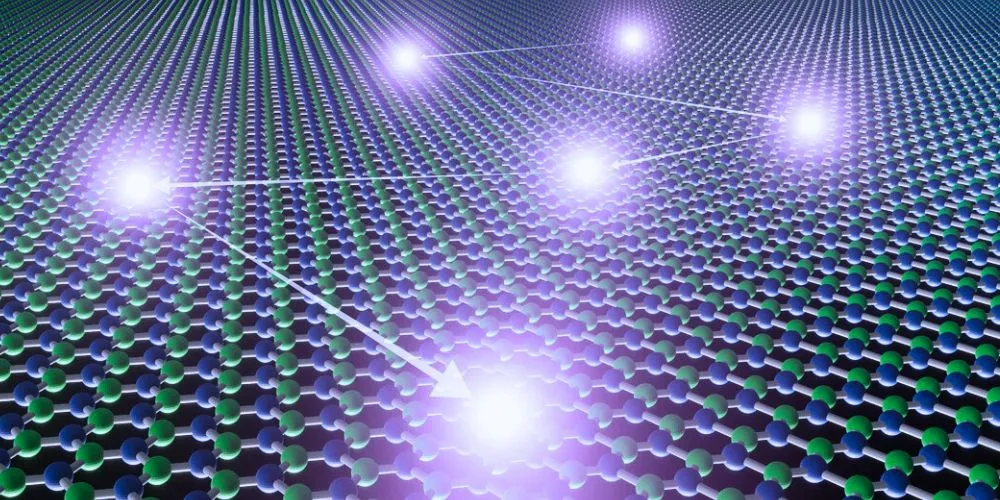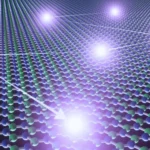In the ever-advancing landscape of technology and innovation, nanoscale fabrication techniques stand as the vanguard of precision engineering, enabling the creation of structures and devices at the nanometer scale. This field delves into the intricate world of nanofabrication, where the manipulation of matter takes on atomic precision. In this comprehensive exploration, we embark on a journey to understand the profound significance, underlying principles, diverse applications, and remarkable potential of nanoscale fabrication techniques.
The Significance of Nanoscale Fabrication Techniques
The significance of nanoscale fabrication techniques extends far beyond their technical intricacies. They represent a pivotal frontier in modern engineering, enabling the creation of nanomaterials and nanodevices with unprecedented precision and functionality. These techniques underpin the development of technologies that drive innovation across various industries and reshape our understanding of what’s possible on the smallest of scales.
Enabling Quantum Technologies
Nanoscale fabrication techniques play a fundamental role in the development of quantum technologies. Researchers can create quantum dots, nanowires, and quantum bits (qubits) for quantum computing, quantum communication, and quantum sensing applications by precisely manipulating matter at the atomic and molecular levels. This paves the way for computing and communication systems with unparalleled power and security.
Advancing Nanoelectronics
In nanoelectronics, nanoscale fabrication techniques enable the design and manufacturing of nanoscale transistors, memory devices, and sensors. These advancements result in smaller, faster, and more energy-efficient electronic components, driving the evolution of consumer electronics, medical devices, and the Internet of Things (IoT).
Precision in Materials Science
Nanoscale fabrication techniques empower materials scientists to engineer materials with tailored properties. By controlling the arrangement of atoms and molecules, they create nanocomposites, superconductors, and advanced materials with enhanced mechanical, electrical, and optical properties. These materials find applications in aerospace, energy storage, and advanced coatings.
Principles of Nanoscale Fabrication Techniques
To comprehend the realm of nanoscale fabrication, one must grasp the fundamental principles that govern the manipulation of matter at the nanometer scale.
Lithography: The Art of Miniaturization
Lithography, a cornerstone of nanoscale fabrication, involves using masks or patterns to expose or remove material at the nanoscale selectively. Techniques like photolithography, electron beam, and nanoimprint lithography are employed to create intricate patterns with astonishing precision.
Self-Assembly: Nature’s Blueprint
Self-assembly techniques leverage the innate propensity of certain materials to arrange themselves into ordered structures. They mimic natural processes and are used to create nanoscale structures, such as quantum dots and nanowires, for various electronics, optics, and medicine applications.
Chemical Vapor Deposition: Building Layer by Layer
Chemical vapor deposition (CVD) involves the controlled deposition of atoms or molecules onto a substrate to form thin films or coatings. This technique is instrumental in producing semiconductors, nanotubes, advanced electronics, energy, and catalysis materials.
Nanopatterning: Crafting Precision at the Nanoscale
Nanopatterning techniques, including nanoimprint and block copolymer lithography, enable the creation of nanoscale patterns and structures with remarkable precision. These methods are vital for fabricating nanoscale devices and optical components.
Applications of Nanoscale Fabrication Techniques
Nanoscale fabrication techniques profoundly impact a spectrum of industries, unlocking new possibilities and pushing the boundaries of innovation.
Semiconductor Industry: The Heart of Electronics
The semiconductor industry relies heavily on nanoscale fabrication techniques to produce ever-smaller, more powerful integrated circuits. These techniques are critical for developing advanced microprocessors, memory chips, and sensors that drive modern electronics.
Nanomedicine: Revolutionizing Healthcare
In nanomedicine, nanoscale fabrication techniques enable the design and production of drug delivery systems, nanoparticles for imaging, and lab-on-a-chip devices for diagnostics. These innovations promise more targeted and personalized healthcare solutions.
Optoelectronics: Illuminating the Future
Nanoscale fabrication techniques are instrumental in creating nanophotonic devices, such as plasmonic sensors and photonic crystals, with applications in telecommunications, optical computing, and environmental sensing. Optoelectronics is the realm of light and data. With nanoscale fabrication techniques, we can craft devices that transmit data at the speed of light, revolutionizing communication and sensing technologies.
Energy Technologies: Harnessing Efficiency
The energy sector benefits from nanoscale fabrication techniques by developing advanced solar, battery, and fuel cell materials. These materials enhance energy efficiency and sustainability. In the quest for cleaner and more efficient energy, nanoscale fabrication techniques are the architects of materials that capture sunlight, store energy, and power our homes and vehicles with unprecedented efficiency.
Challenges and Future Prospects
As nanoscale fabrication techniques continue to evolve, they present challenges and opportunities for further advancement.
Scaling Down: Overcoming Physical Limits
Scaling down to the nanoscale introduces new challenges related to quantum effects, thermal management, and materials properties. Researchers must navigate these obstacles to continue miniaturization. As we delve deeper into the nanoworld, the rules of classical physics no longer apply. Quantum effects, once relegated to the realm of theory, become dominant, requiring us to develop entirely new paradigms for controlling and harnessing matter at this scale.
Multidisciplinary Collaboration
Advancing nanoscale fabrication requires multidisciplinary collaboration among physicists, chemists, materials scientists, and engineers. Effective communication and shared expertise are essential for progress. Nanoscale fabrication is a collaborative symphony where experts from diverse fields unite to orchestrate the creation of the tiniest masterpieces. It’s a testament to the power of collaboration in pushing the boundaries of what’s achievable.
Ethical Considerations
Ethical considerations surrounding nanoscale fabrication techniques involve environmental impact, safety, and responsible research and development. Regulations and guidelines must evolve alongside the technology to ensure its responsible use. With great power comes great responsibility. Ethical considerations in nanoscale fabrication involve ensuring that these powerful technologies are used for the betterment of humanity without harming the environment or individuals.
The Future of Nanoscale Fabrication Techniques
The future of nanoscale fabrication techniques promises continued innovation and transformative developments.
Bottom-Up Assembly
Bottom-up assembly methods, inspired by biological self-assembly, will play a more significant role. These methods involve building complex structures from individual atoms and molecules, offering unprecedented precision and design flexibility. The future lies in building from the bottom up, much like nature. With bottom-up assembly, we can engineer materials and devices atom by atom, unlocking new possibilities for innovation.
Nanoscale 3D Printing
Nanoscale 3D printing techniques will advance, allowing for the precise fabrication of intricate three-dimensional nanoscale structures. It will find applications in nanoelectronics, medicine, and materials science. Imagine a 3D printer that can create intricate nanoscale structures with precision and speed. It’s the future of manufacturing at the smallest scale, opening the door to new possibilities in engineering and design.
Green Nanofabrication
Sustainability will be a key focus, with the development of greener nanofabrication techniques that minimize waste and environmental impact. It aligns with global efforts to address climate change and resource conservation. The future of nanofabrication is green. Researchers and engineers are actively working on techniques that are not only precise but also environmentally friendly, helping to reduce our carbon footprint and preserve our planet.
Conclusion
Nanoscale fabrication techniques are at the forefront of engineering precision, enabling the creation of structures and devices at the nanometer scale. Their significance lies in their ability to revolutionize quantum technologies, advance nanoelectronics, and empower materials scientists to design custom materials with exceptional properties. As these techniques continue to evolve, they hold the potential to reshape industries, transform healthcare, and drive innovation across the board.
However, ethical considerations and challenges related to scaling down must be addressed responsibly to ensure a future where nanoscale fabrication techniques continue to push the boundaries of what is achievable in precision engineering. Nanoscale fabrication techniques are the architects of a future where minor structures wield the most significant impact.










